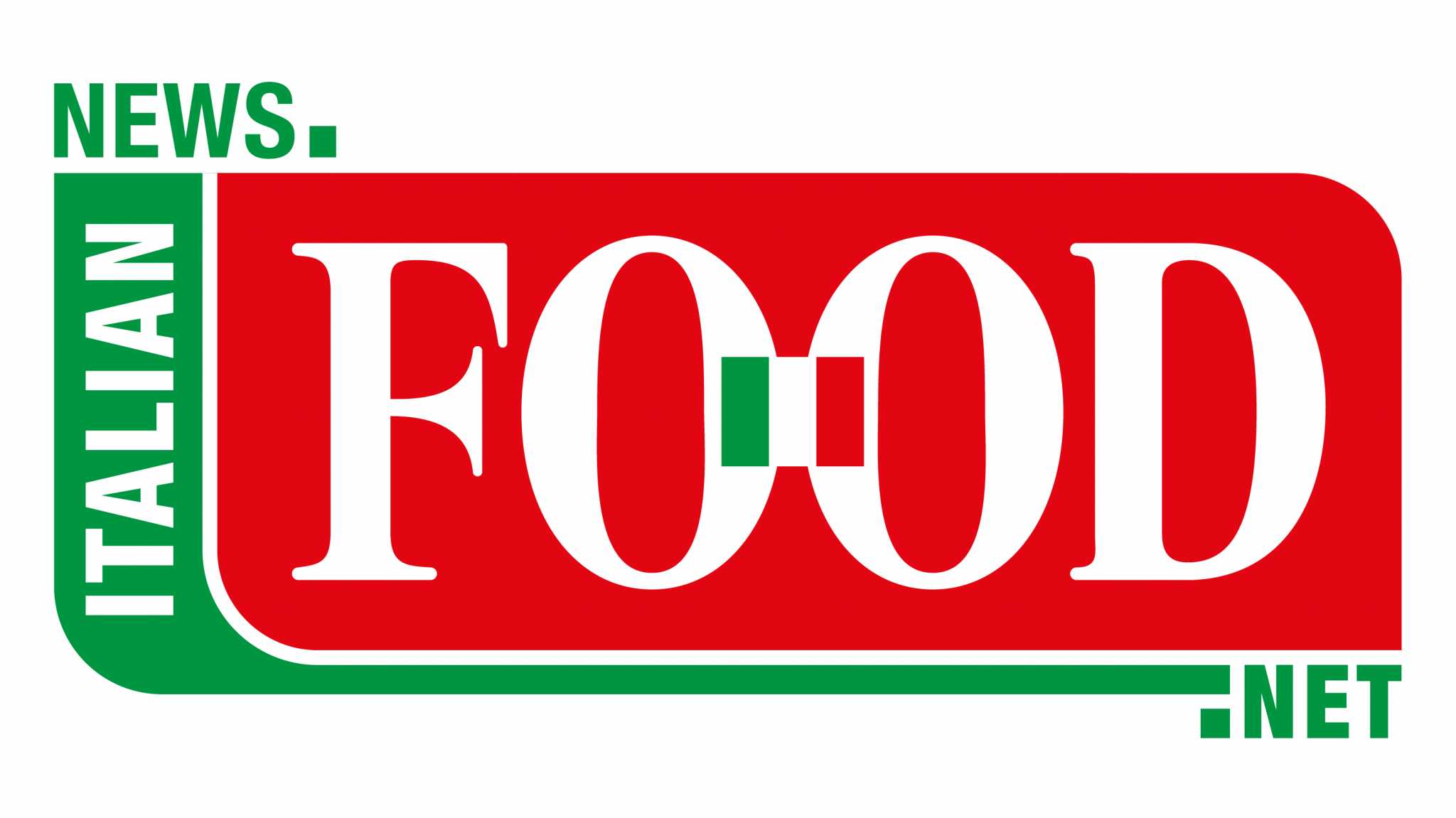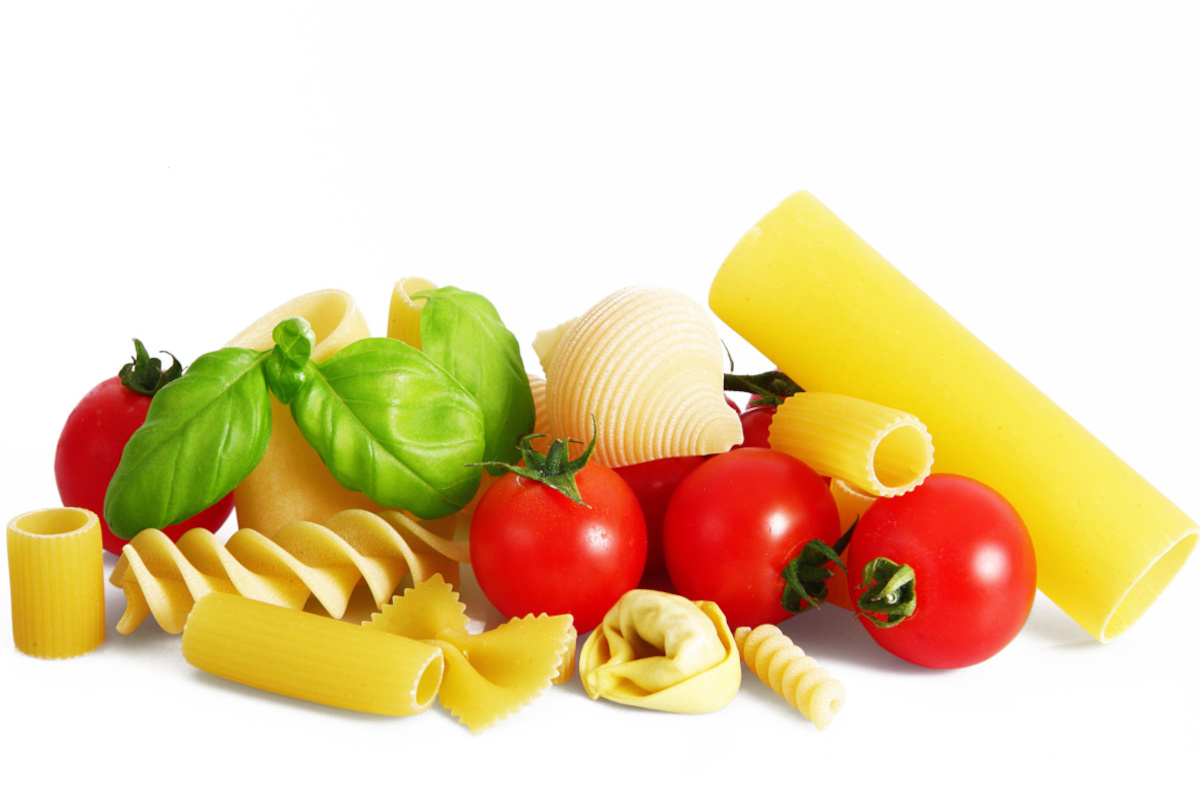The energy crisis, soaring production costs for companies, and fear of a global recession have so far not halted the growth of Italian food exports in international markets. According to the latest report from research institute Ismea, sales were very positive also in the first seven months of 2022, after having reached the historic milestone of 52 billion euros in 2021.
Discover authentic Italian food and beverage on the Italianfood.net platform
In fact, 34.5 billion euros were collected from January to July, an increase of 18 percent over the same period last year. Value sales figures are affected by the strong increase in prices, but volume exports are also growing. Especially for Italian food’s most representative references: pasta, bakery, sparkling wines, fresh and aged cheeses, hams, and canned tomatoes. Confirming how the presence of Made in Italy products at the table is now indispensable abroad.
The only exception is the fresh and processed fruit sector, whose exports also decline in value, by -0.5 percent, due to reductions in sales recorded by apples, kiwis, and shelled hazelnuts.
DESTINATION MARKETS
Italian food exports are growing at double-digit rates in both EU countries (+21% in the first seven months of 2022) and non-EU countries (+16%) favored, in the latter case, also by the weakness of the euro against the dollar. In the main outlet markets, the increase in exports was +11% in Germany, +21% in the USA, and +18% in France. Even in the UK, the fourth-largest destination, sales increased, by +19 percent, despite signs of a slowdown in the previous two years that had fueled widespread fears about the consequences of Brexit. Also noteworthy was the strong increase in exports to Hungary, Poland, and the Czech Republic, while exports to China and Japan bucked the trend.
Italian food exports in the first seven months of 2022
| Germany | +11% |
| USA | +21% |
| France | +18% |
| UK | +19% |
| EU countries | +21% |
| non-EU countries | +16% |
ITALIAN FOOD TRADE BALANCE
After the surplus recorded in 2020-2021, the sharp increase in the value of food imports (+29.2 percent, or 34.9 billion euros), driven by rising prices of agricultural commodities, has brought the Italian trade balance back into the negative, with a deficit of 381 million euros. However, the positive import trend indicates the excellent health of the food processing industry sector, despite the strong pressure on production costs.

